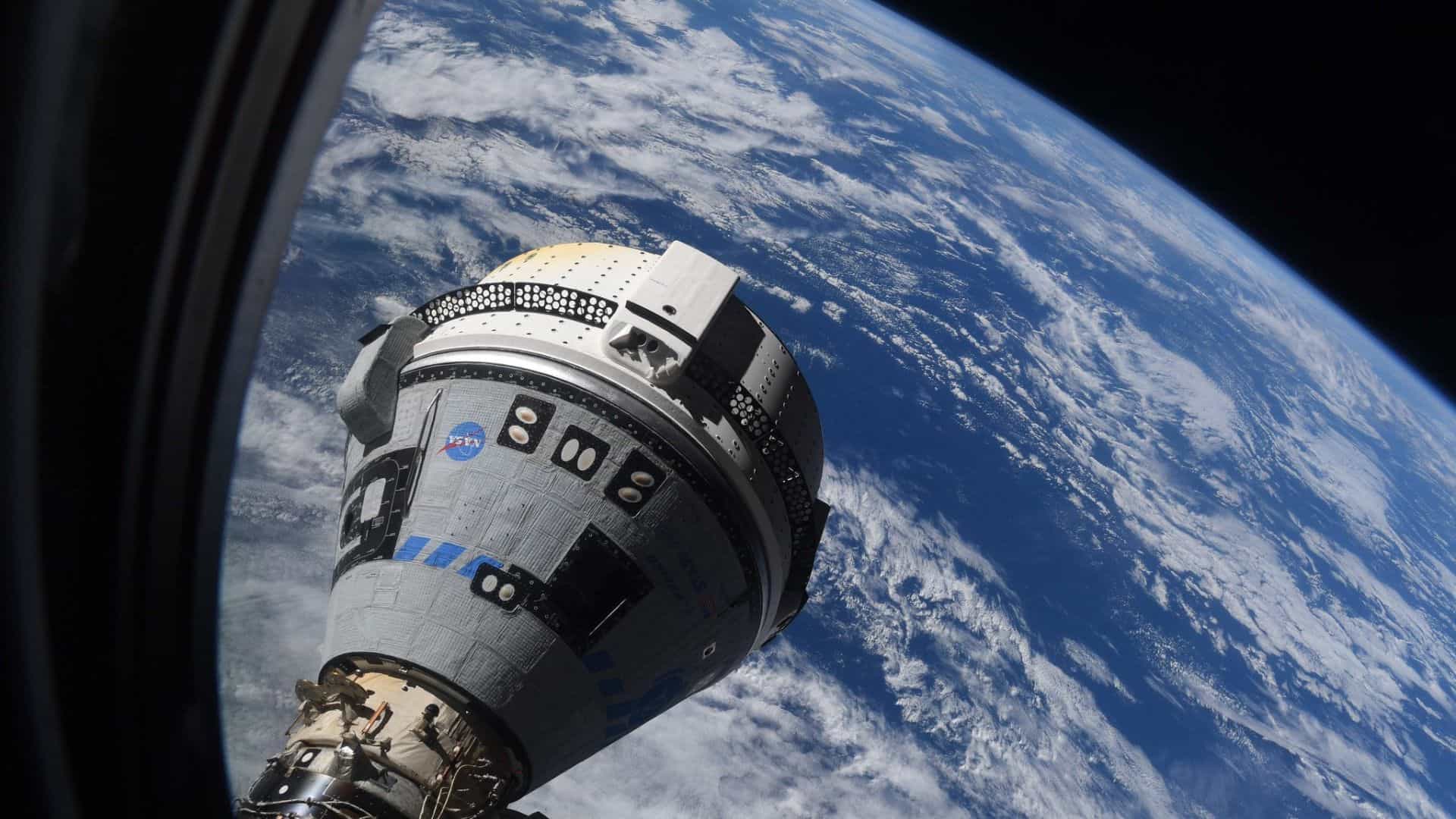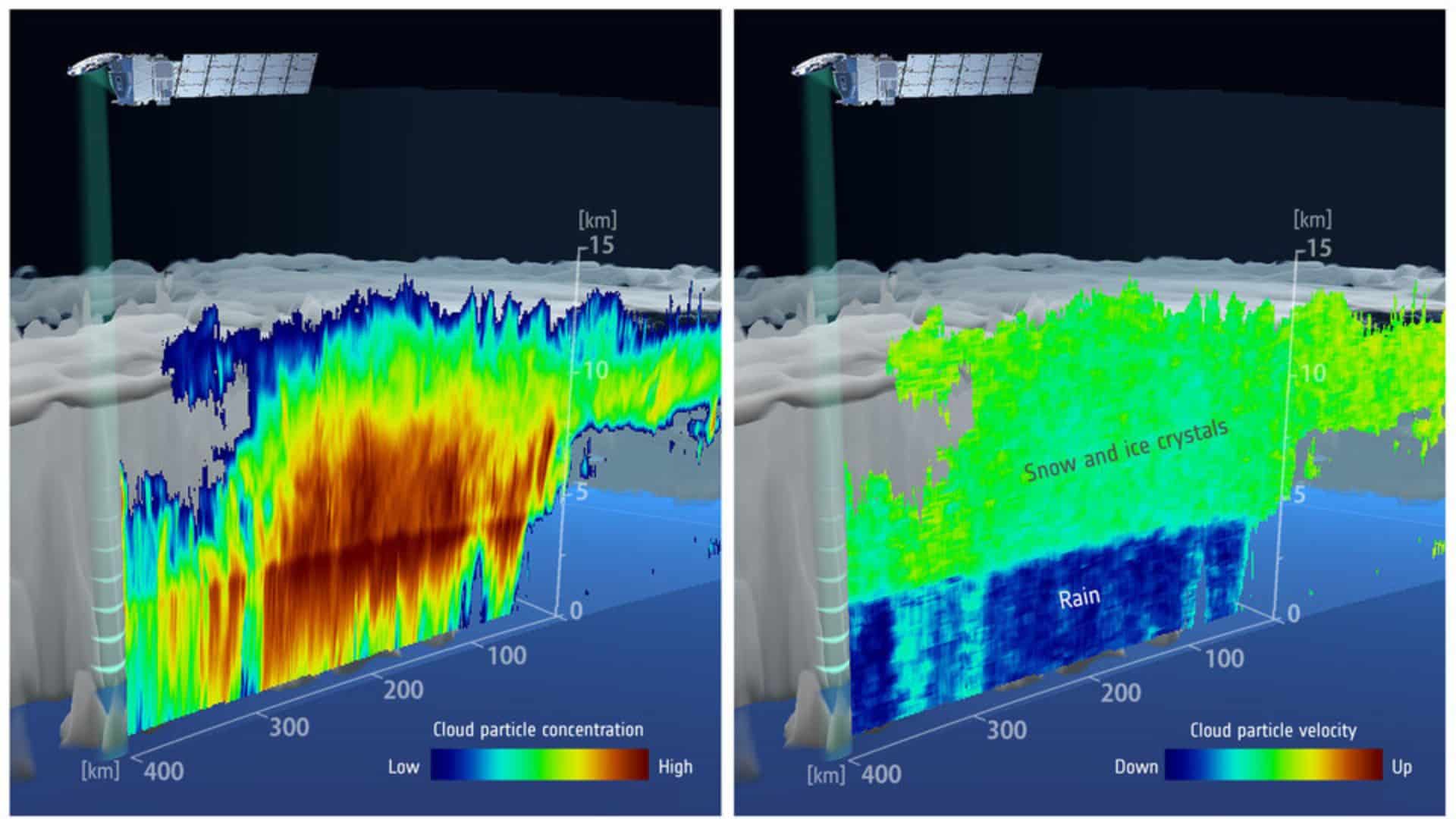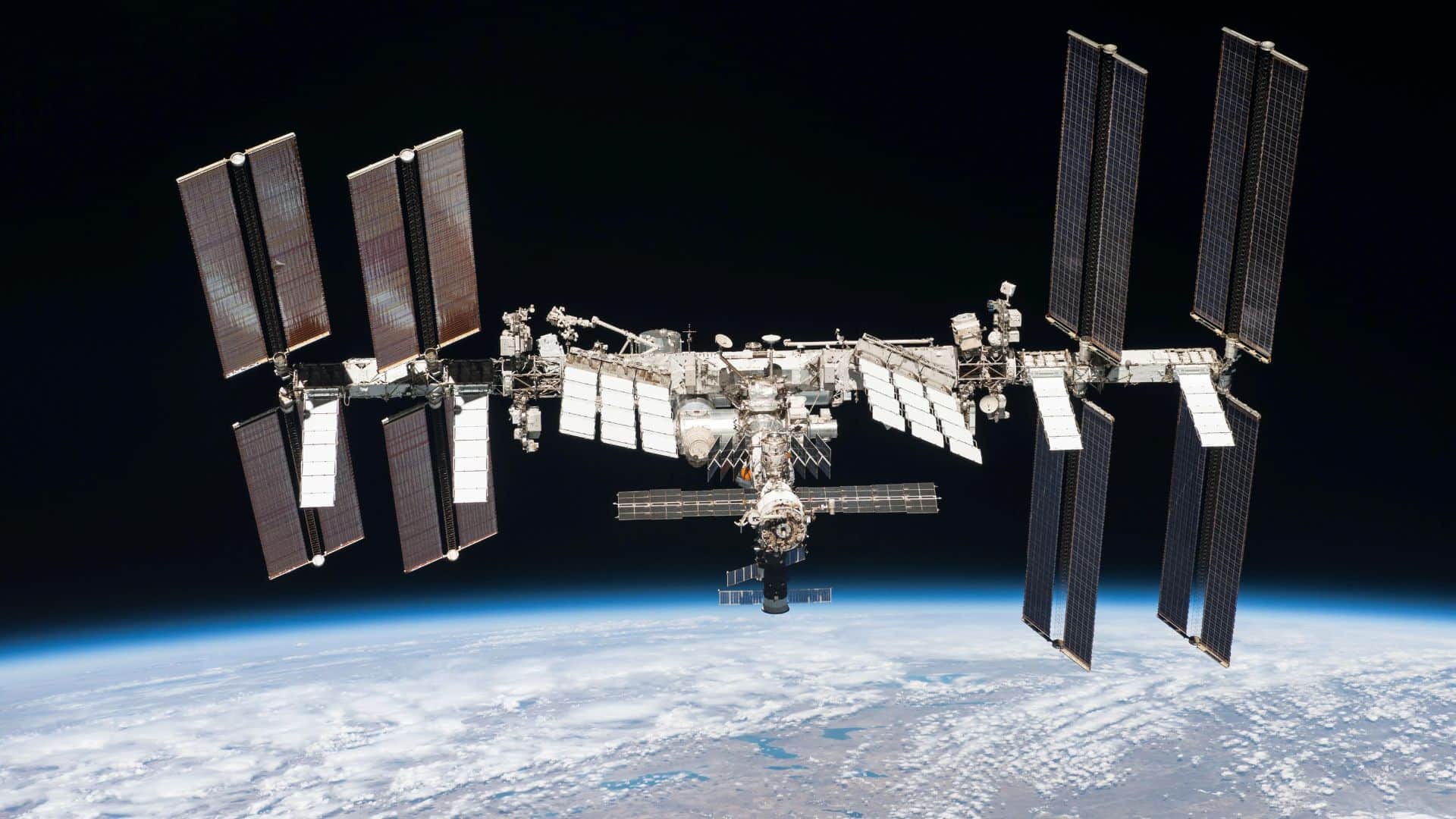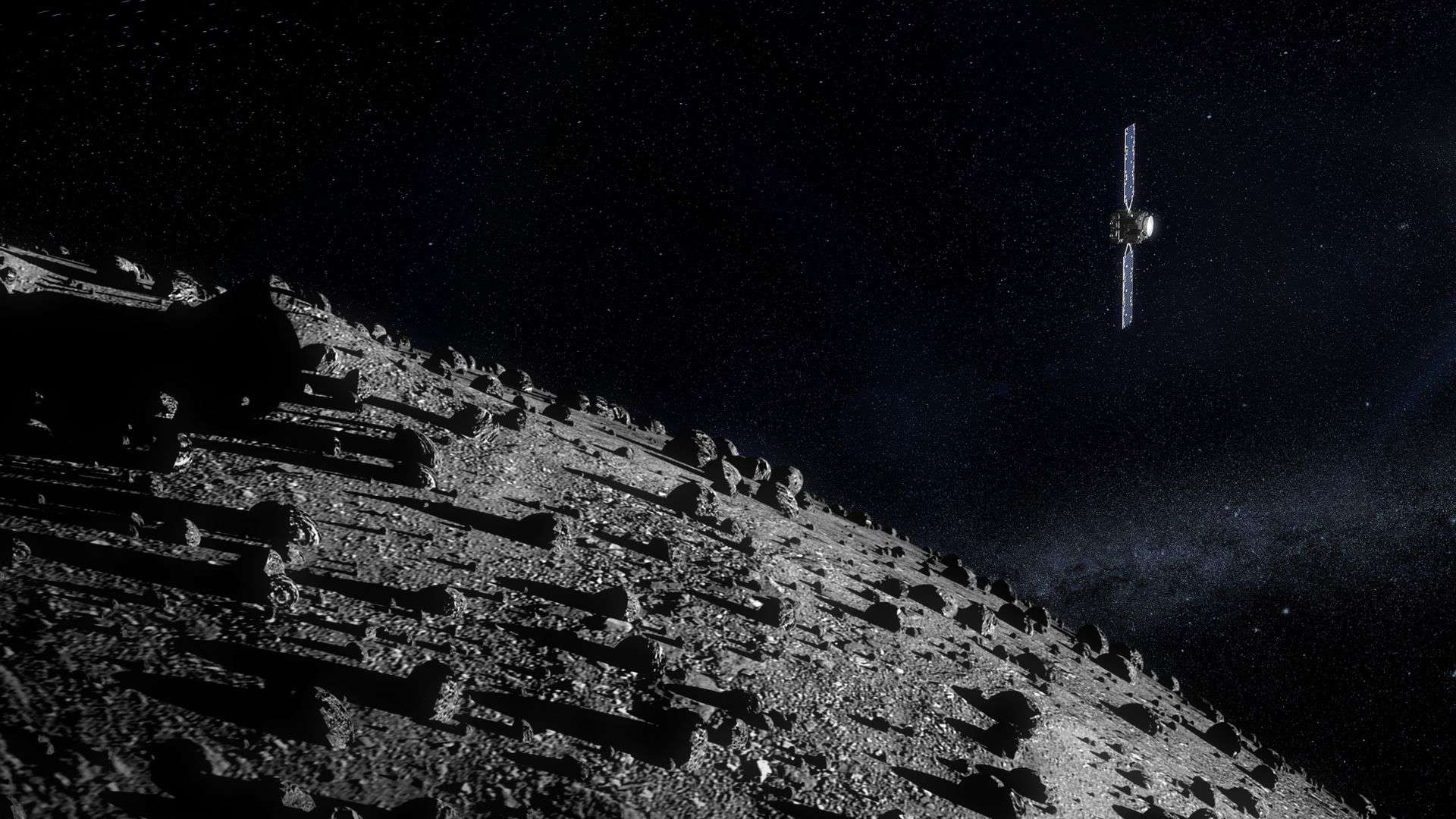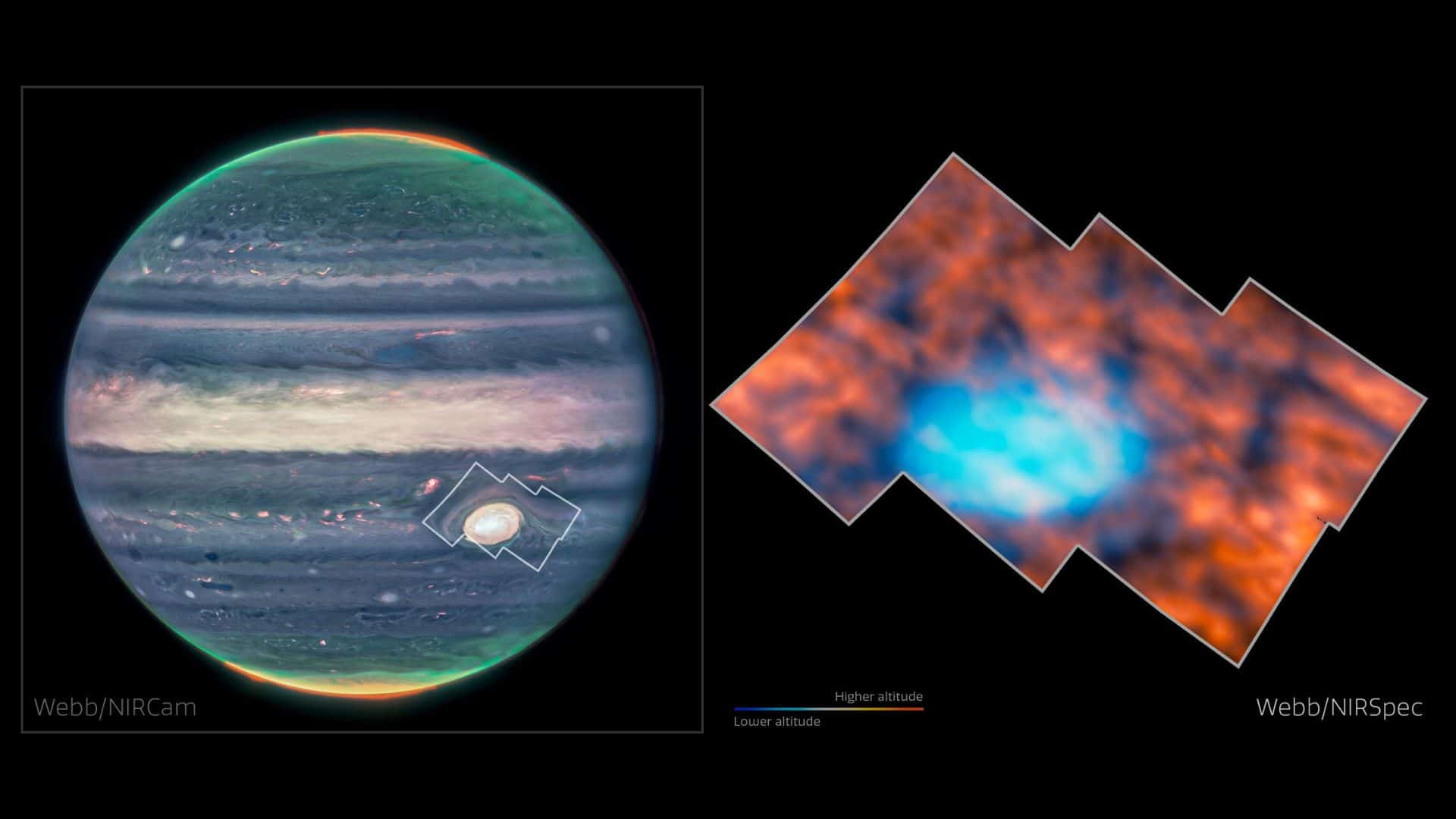
New observations from the James Webb Space Telescope revealed that Jupiter’s upper atmosphere around the Great Red Spot is surprisingly active.
The iconic Great Red Spot is an earth-sized storm that is located about 22° south of Jupiter’s equator.
Now Jupiter’s upper atmosphere, closer to the equator, is mostly influenced by sunlight, where the magnetic field is relatively weak.
Previously, astronomers predicted that Jupiter’s upper atmosphere closer to the equator is dull and homogeneous, as it receives only 4% of the sunlight that is received on Earth.
However, new observations from the James Webb Space Telescope surprised astronomers because they found Jupiter’s upper atmosphere around the Great Red Spot hosts a variety of intricate structures, including dark arcs and bright spots.
The research team suggests that there must be another mechanism altering the shape and structure of the upper atmosphere.
“One way in which you can change this structure is by atmospheric waves—similar to waves crashing on a beach, creating ripples in the sand,” team leader Henrik Melin of the University of Leicester in the United Kingdom said in a statement.
“These waves are generated deep in the turbulent lower atmosphere, all around the Great Red Spot, and they can travel up in altitude, changing the structure and emissions of the upper atmosphere,” he also added.
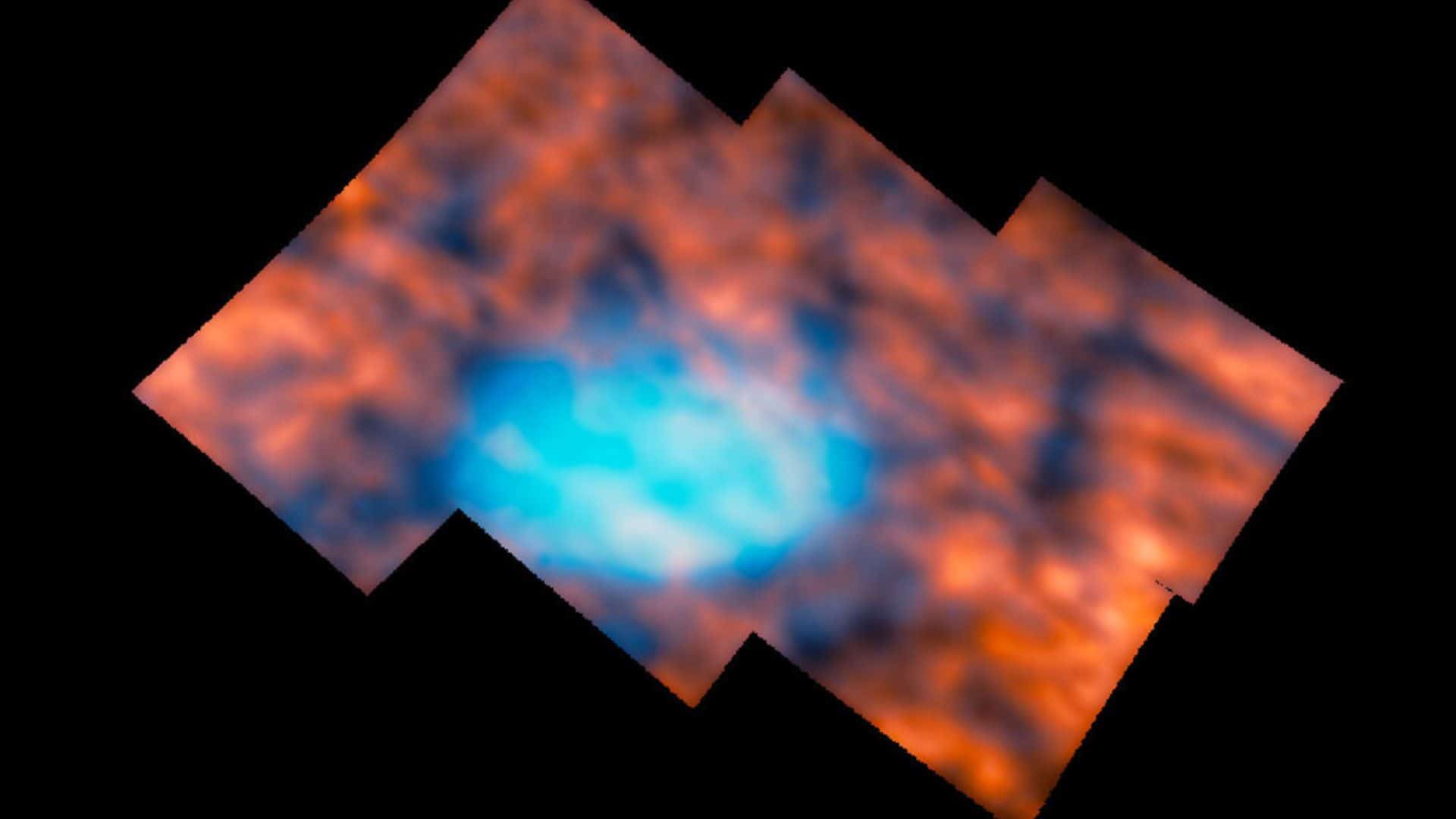
The James Webb Space Telescope is very sensitive to infrared light. In the above image, the red colors show the infrared light emitted by hydrogen molecules from Jupiter’s high altitude (from Jupiter’s ionosphere), and the blue colors show the infrared light from lower altitudes.
A research paper has been published on the above findings in Nature Astronomy on June 21, 2024.
Please follow us on Facebook and Twitter to get latest space news, upcoming skywatching events and astronomy-related content.
